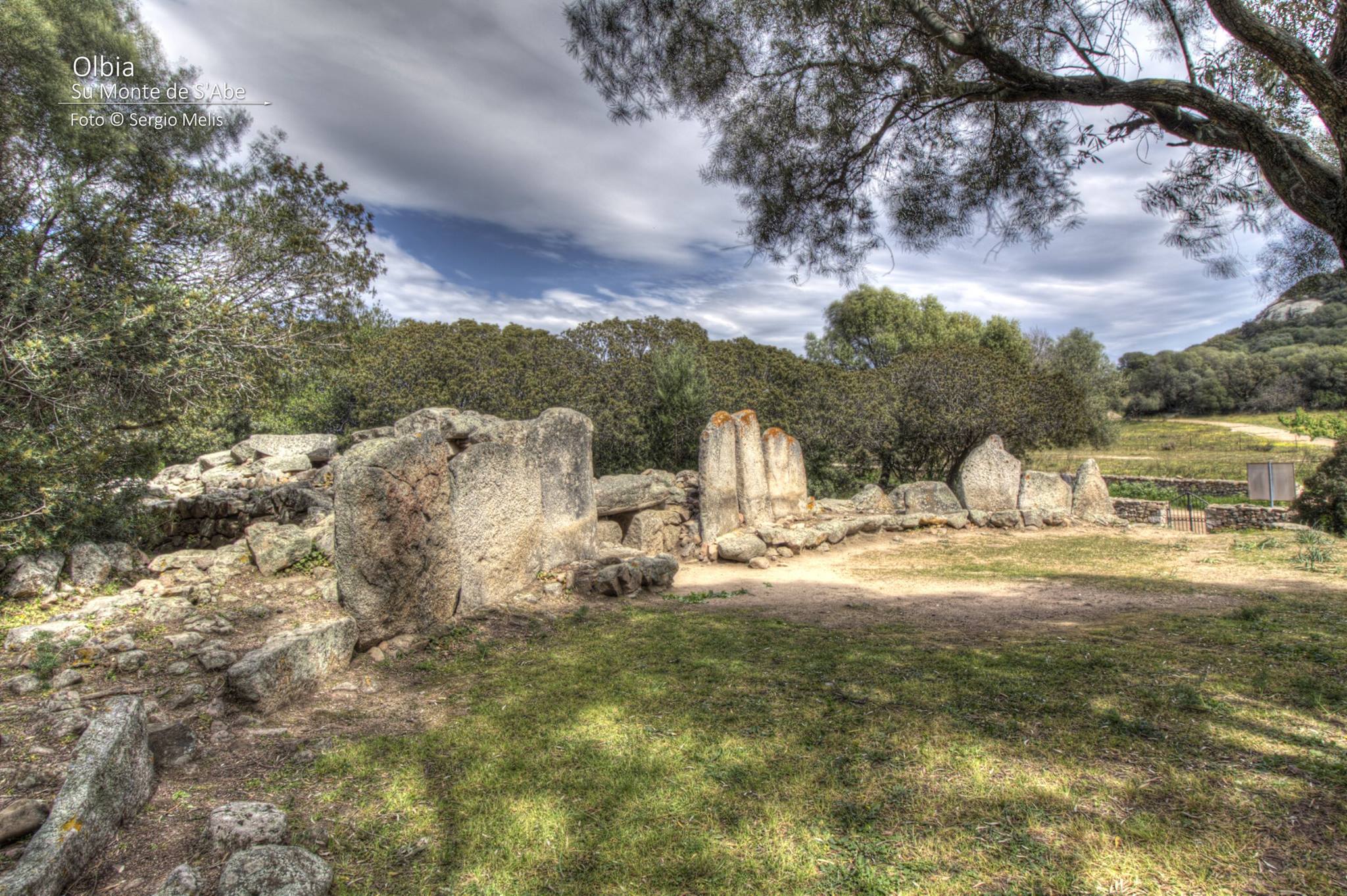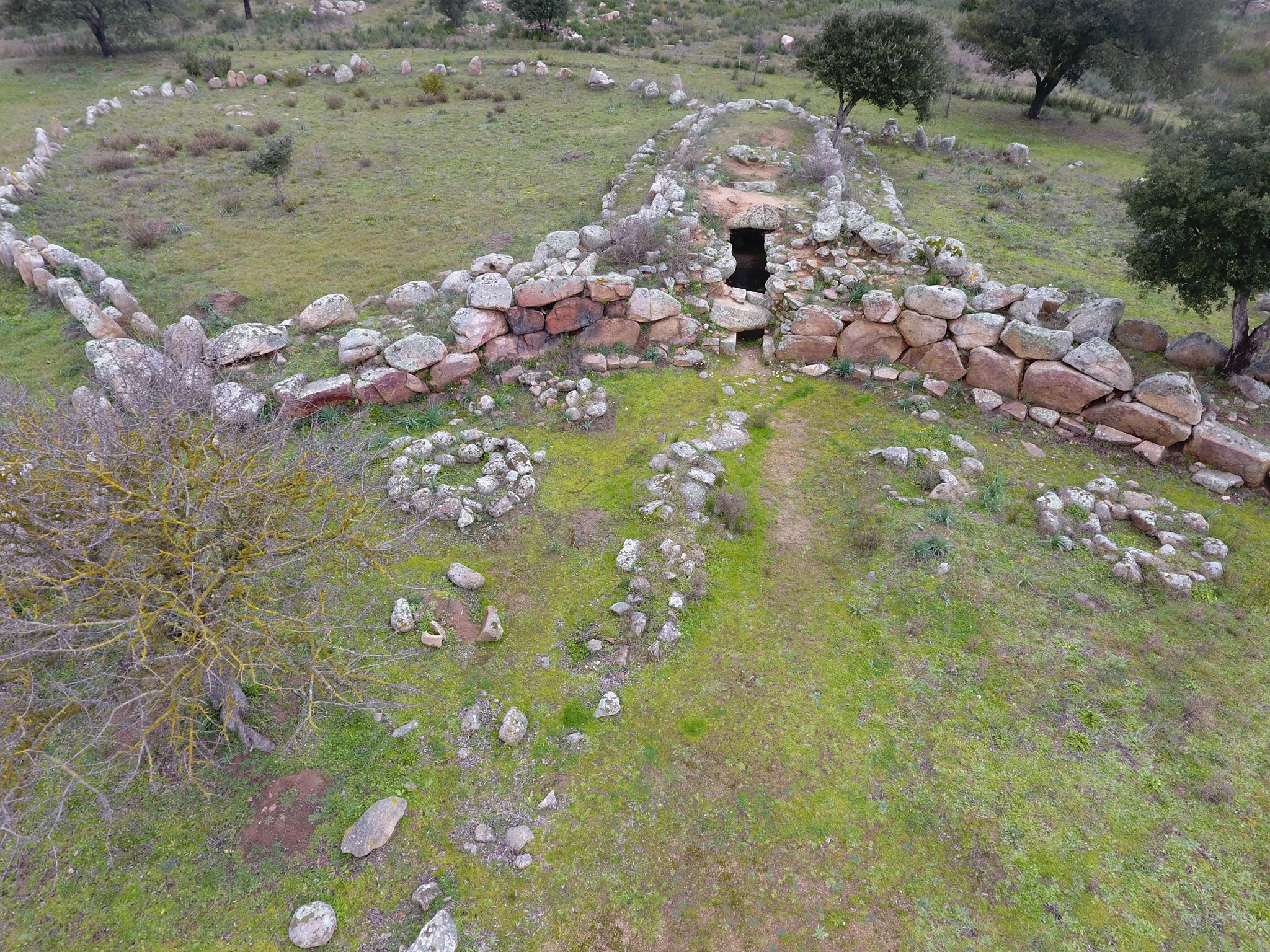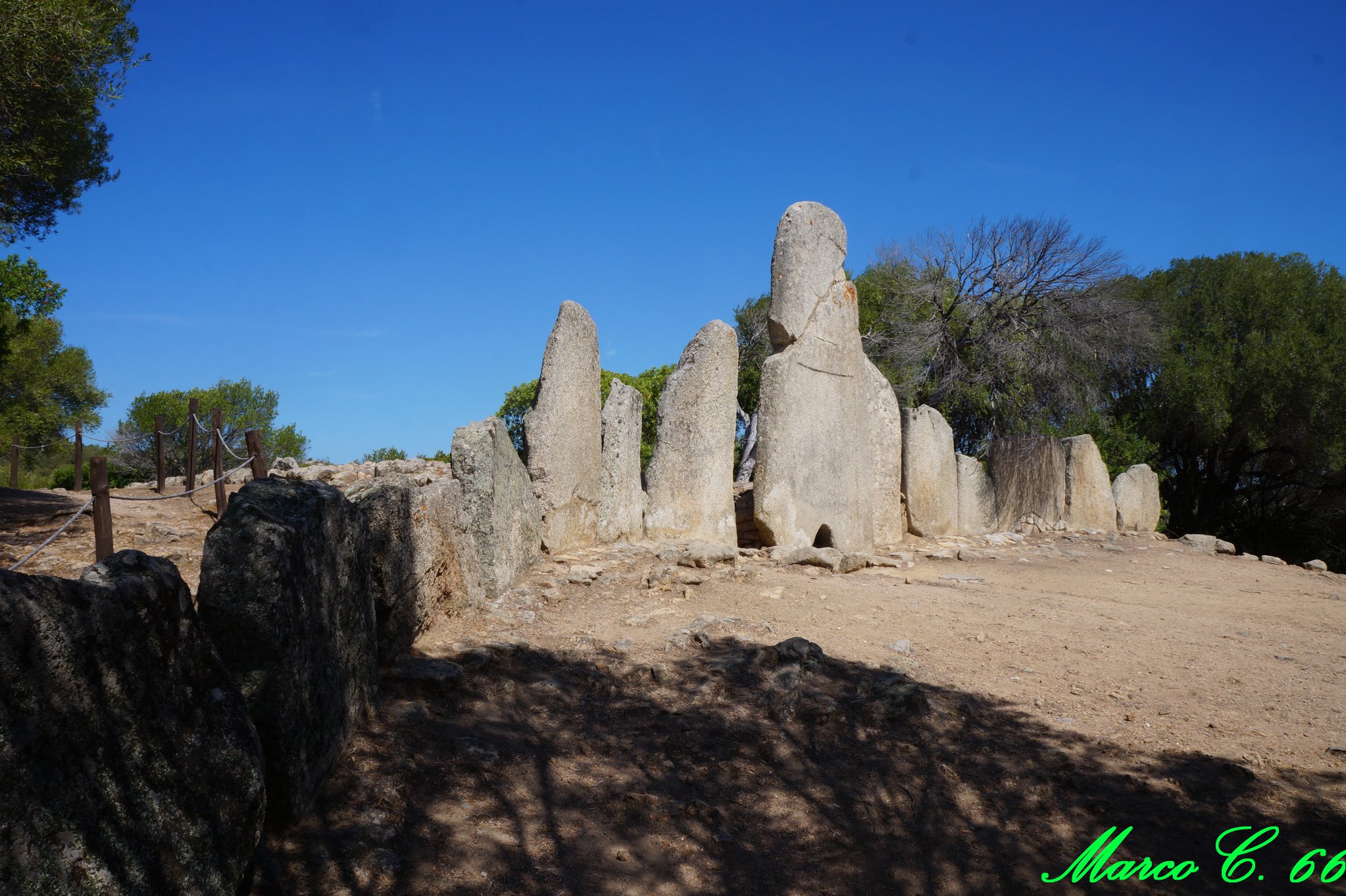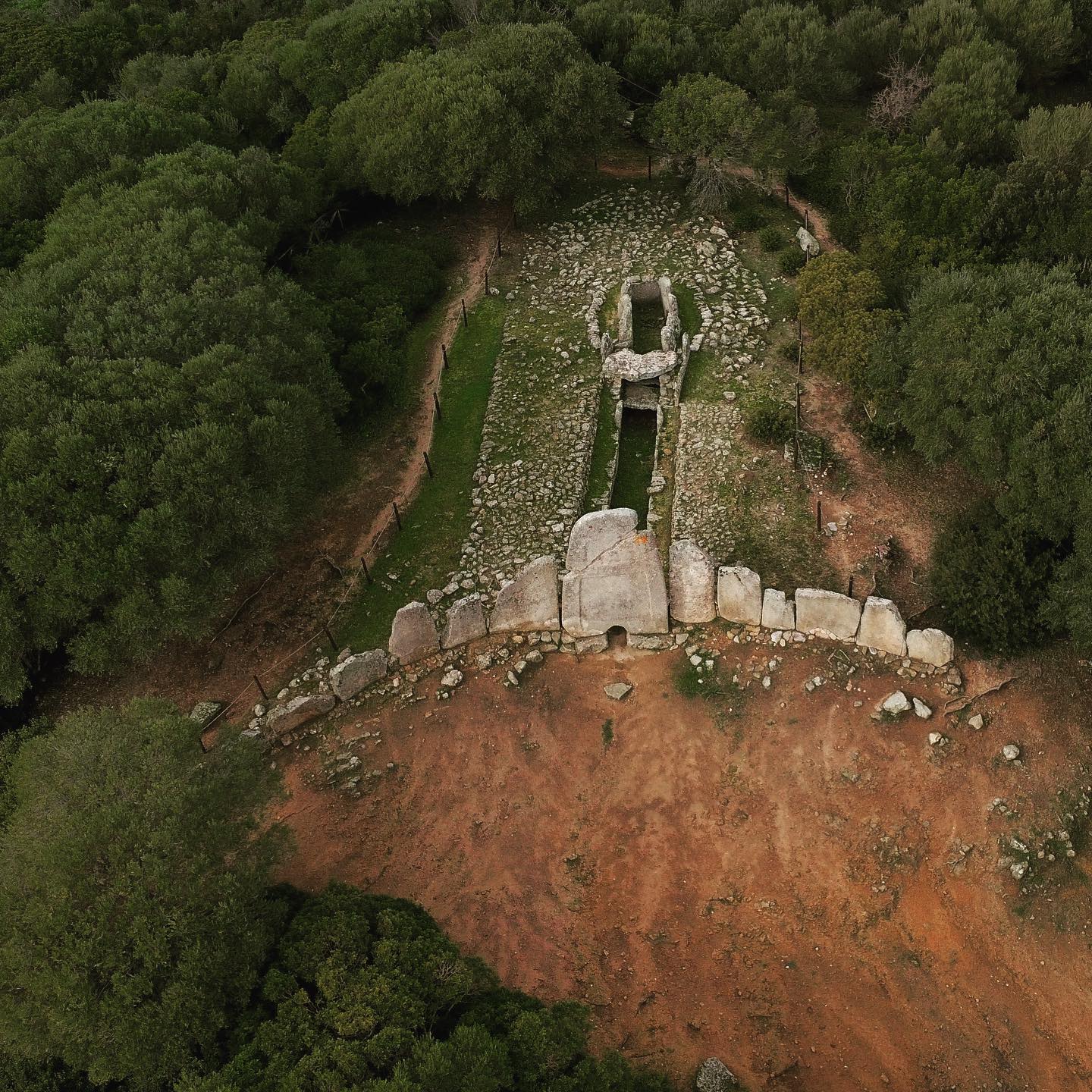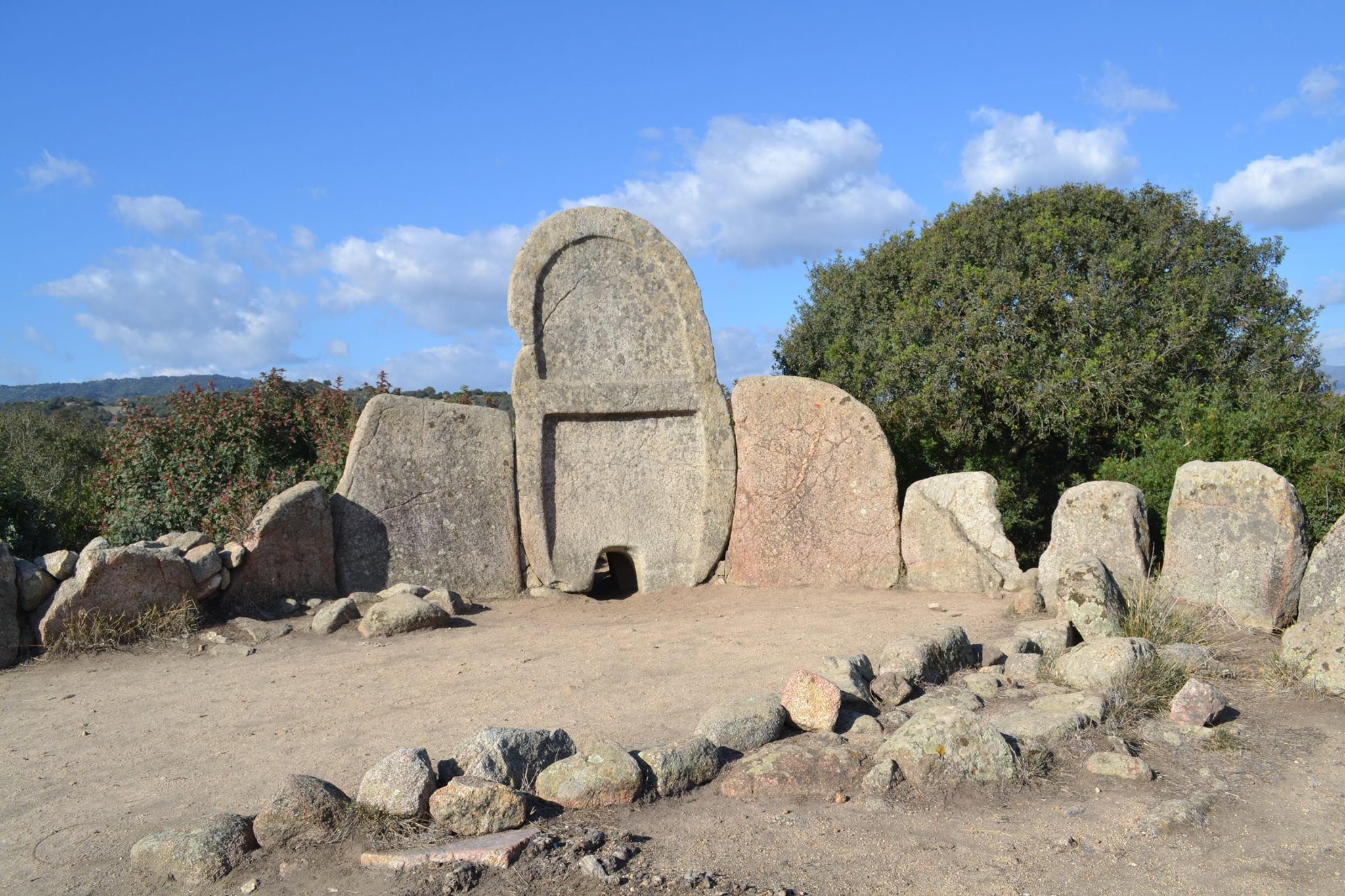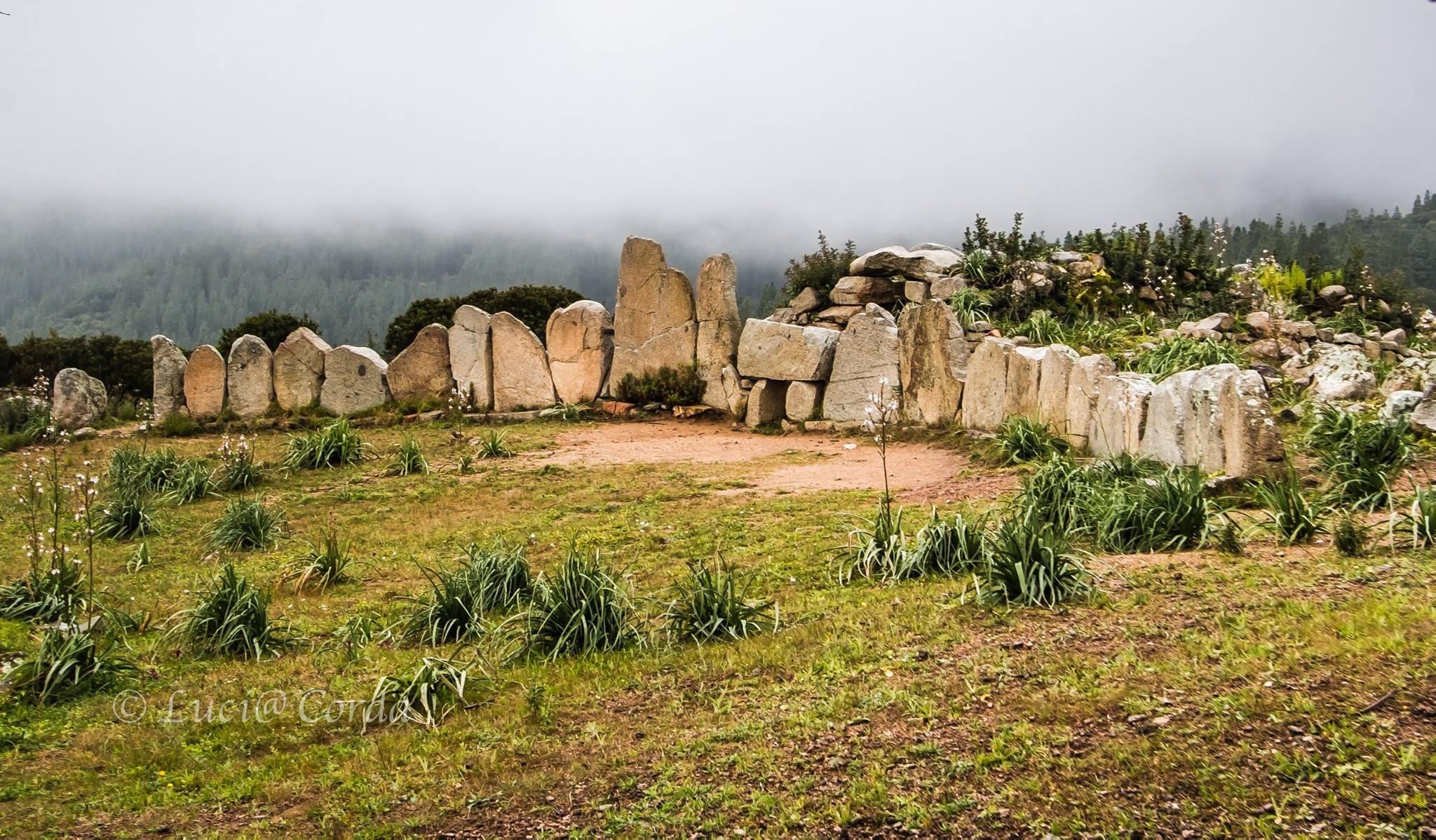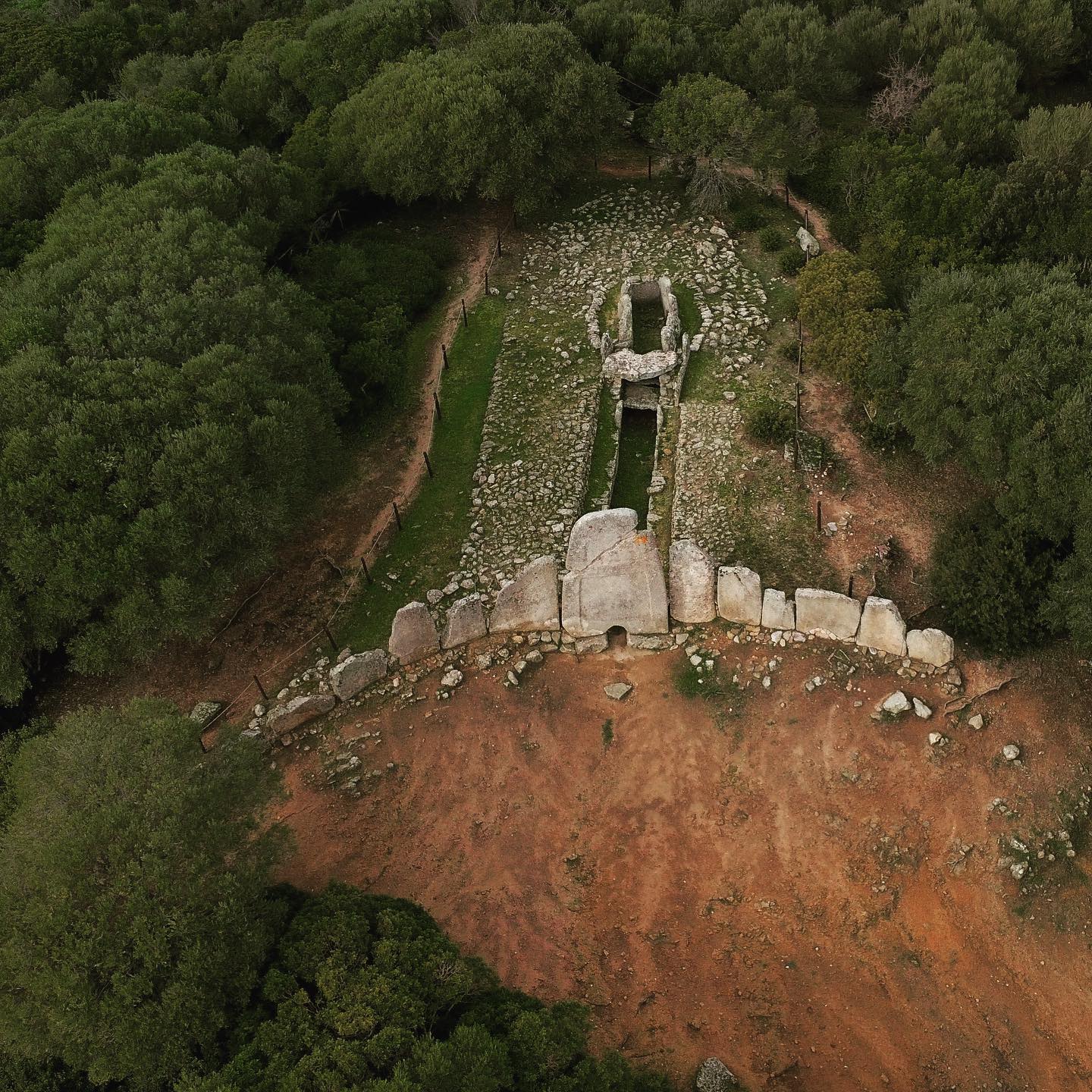The practice of incubation among the ancient Sardinian populations has been discussed by various authors, including the historian of religions Raffaele Pettazzoni (1883-1959), in the chapter dedicated to animism in his book “La religione primitiva in Sardegna.”
Pettazzoni wrote that “the primitive Sardinians certainly had their own myths. But in the absence of any indigenous tradition, whether oral or figurative, there is no possibility of directly penetrating the protosardic mythical thought, nor of tracing its relics within today’s ‘folklore,’ even if the theory of the degradation of myths into popular legends were legitimate. A faint light comes to us from ancient classical tradition. The legend narrated, according to Aristotle, that in Sardinia there was the custom of sleeping near heroes, that is, near the dwellings that are their tombs. Simplicius, commenting, likely following in the footsteps of Alexander of Aphrodisias, explains that these heroes were the sons of Heracles and the Thespiads, who, guided by Iolaus, went to colonize Sardinia; who, after death, would have kept their bodies intact, thus offering the appearance not of corpses, but of sleepers.
Also regarding the practice of incubation, Dolores Turchi observed in turn “that the corpses were embalmed; but for these heroes to remain whole and uncorrupted, they had to not only be within temples, a piece of information already provided to us by Tertullian, but also be guarded. Various scholars have hypothesized that these heroes were placed in the tombs of giants and that incubation took place in the exedra of these…”
In the photos: the tombs of giants of Monte ‘e s’Abe in Olbia (Sergio Melis); San Cosimo di Gonnosfanadiga (Antonello Gregorini); Li Lolghi di Arzachena (Marco Cocco and Francesco Giorgioni Sardo); Madau in Fonni (Valentino Selis and Francesca Cossu); S’Ena ‘e Thomes di Dorgali (Romano Stangherlin); Osono in Triei (Lucia Corda).